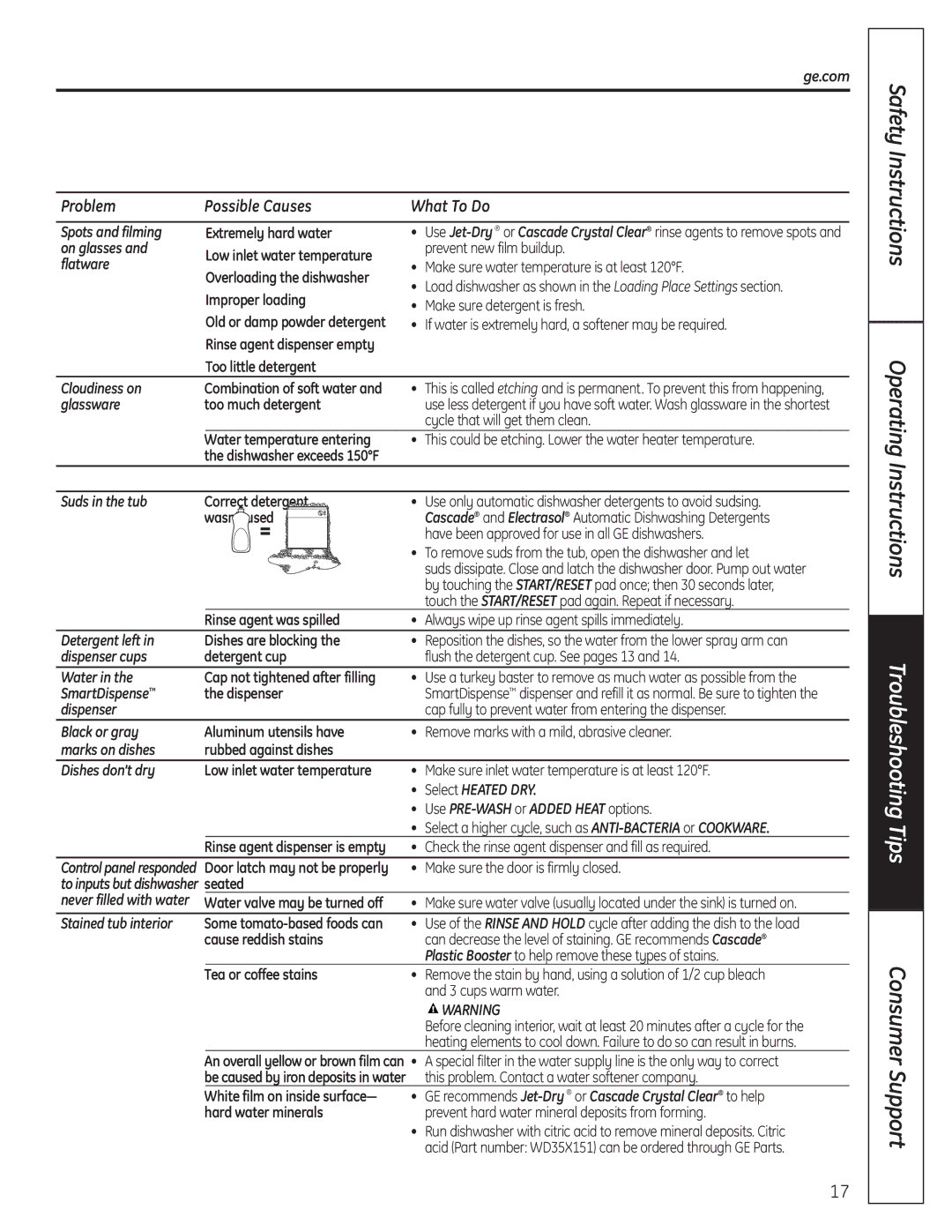165D4700P381 specifications
The GE 165D4700P381 is a notable component in the field of electrical engineering, primarily recognized for its application in various industries that require reliable and efficient electrical power management. This product serves as a key element in power distribution systems, ensuring stable performance and effective load management.One of the main features of the GE 165D4700P381 is its robust design. Engineered to withstand harsh environmental conditions, this device is built with high-quality materials that offer durability and longevity. It is suited for both indoor and outdoor applications, making it a versatile solution for different settings.
The technology embedded within the GE 165D4700P381 reflects the latest advancements in power management systems. It is designed to operate efficiently in a range of temperatures and humidity levels, ensuring optimal functionality regardless of the surrounding environment. This adaptability is critical for industries that face fluctuating conditions, allowing for uninterrupted service.
The GE 165D4700P381 also features integrated protective mechanisms that enhance its safety. With built-in fault detection and prevention systems, it minimizes the risk of electrical failures, thereby protecting connected devices and reducing maintenance costs. These safety features are crucial for applications in sectors such as manufacturing, utilities, and telecommunications, where system reliability is paramount.
Additionally, the GE 165D4700P381 is equipped with advanced connectivity options. This enables seamless integration with smart grid technologies and IoT devices, facilitating real-time monitoring and management of electrical power systems. The ability to connect with digital infrastructure supports enhanced data analytics, allowing businesses to optimize their energy consumption and improve operational efficiency.
Overall, the GE 165D4700P381 stands out as a dependable solution for those seeking to enhance their power management capabilities. Its combination of robust construction, advanced technology, and safety features makes it an ideal choice for various industrial applications. As energy demands grow and systems evolve, the GE 165D4700P381 continues to play a vital role in ensuring reliable electrical performance across multiple platforms.

